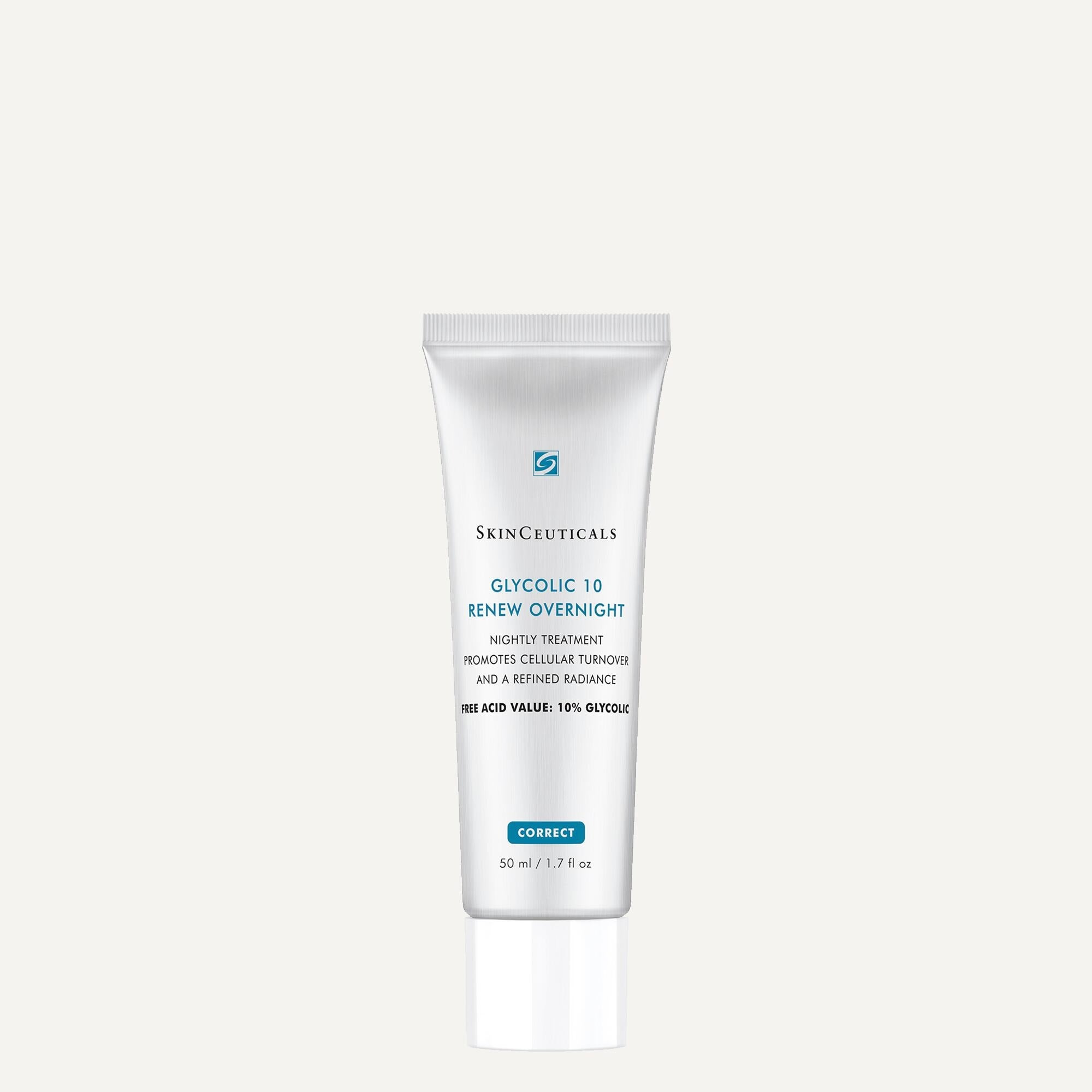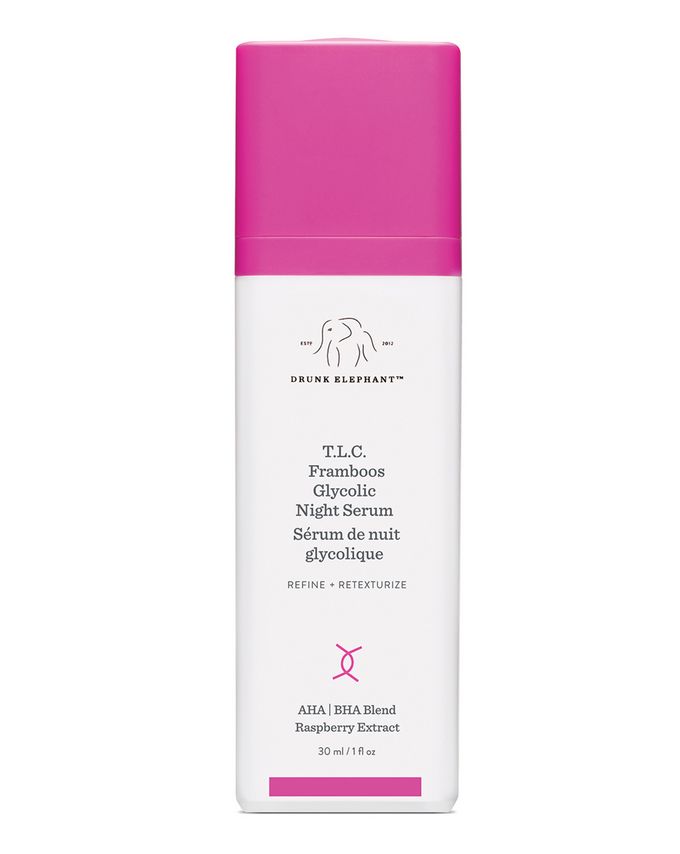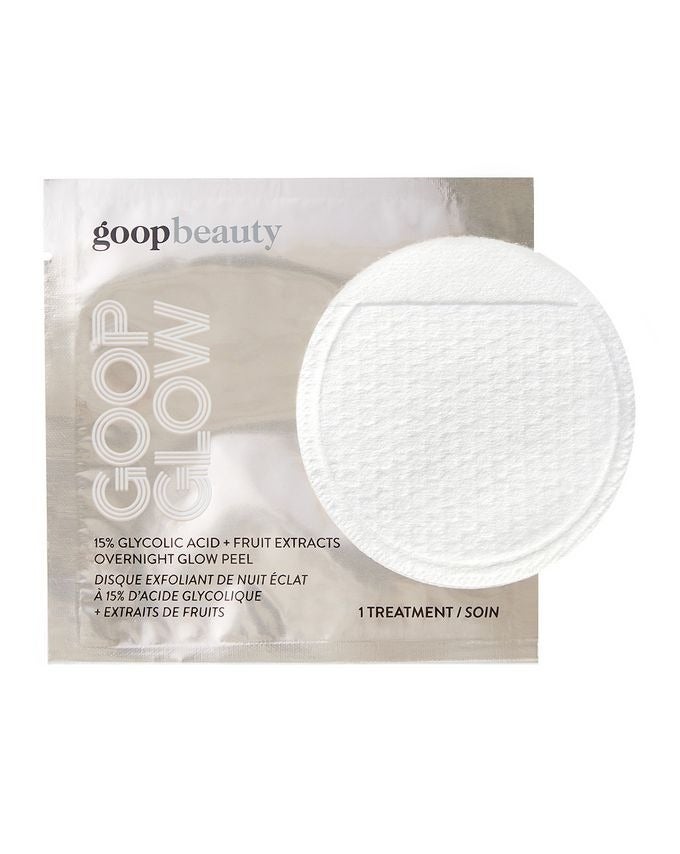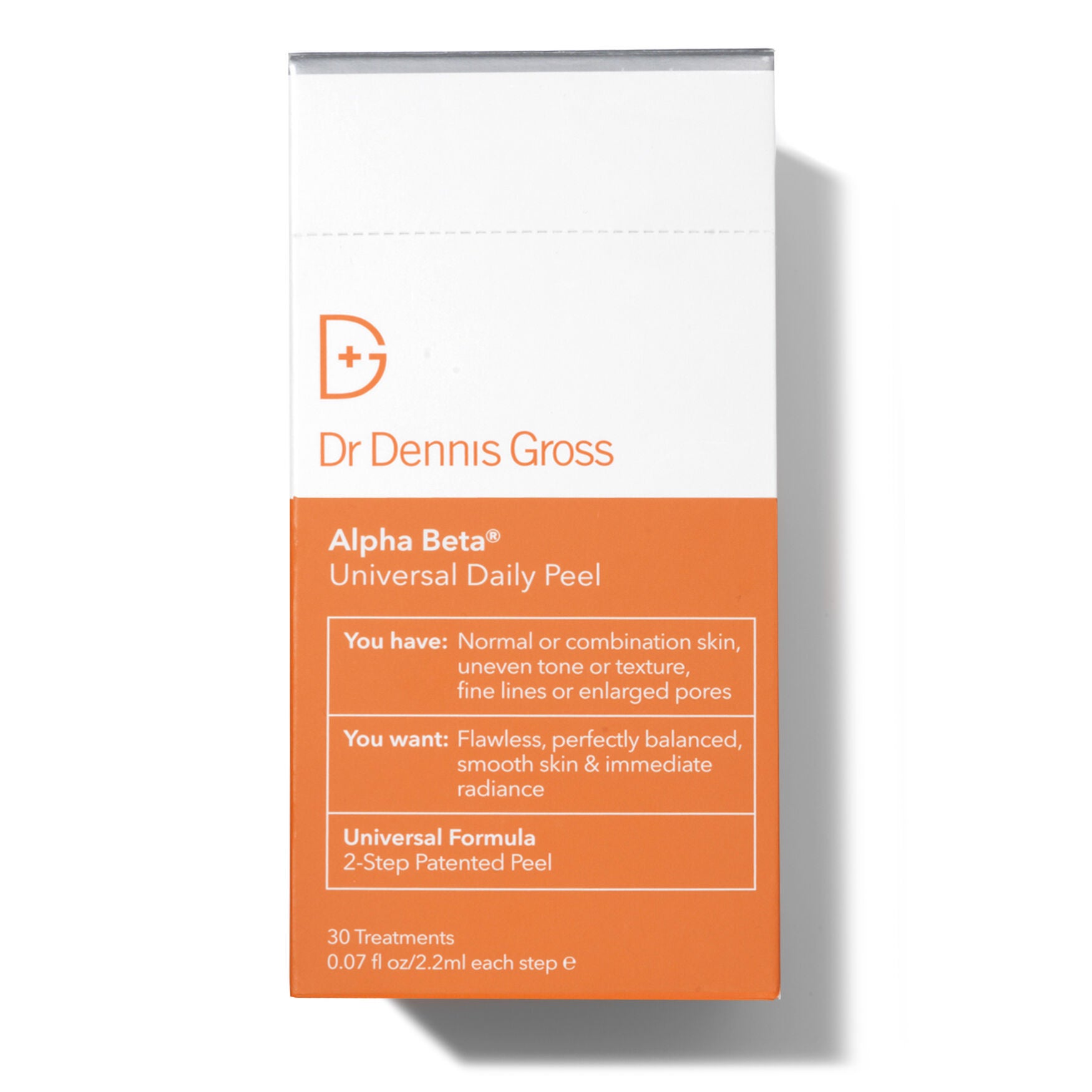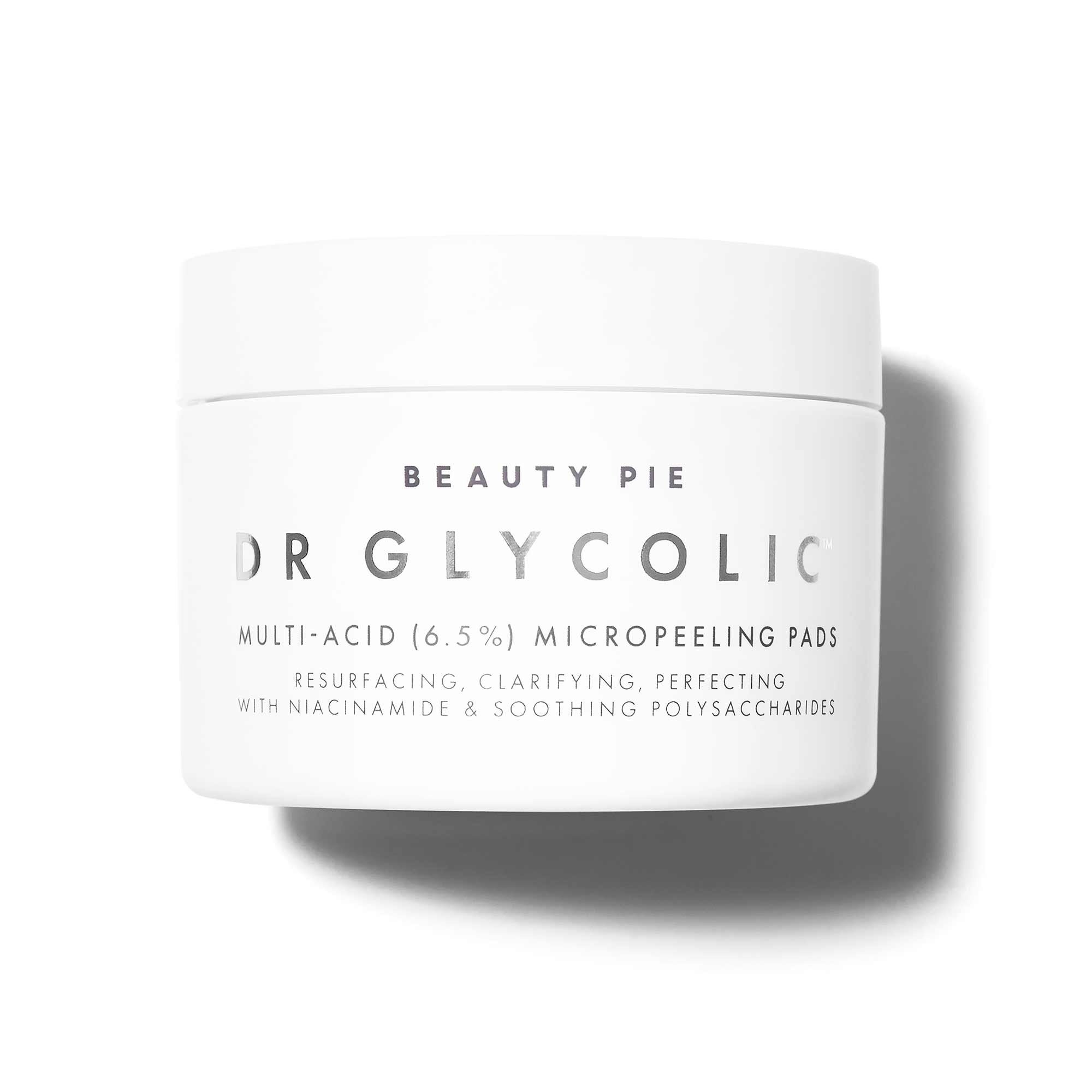There's no spell you can cast to magically turn your skin clear and vibrant (that we know of, at least), but chemical peels are about as close as it gets — and glycolic acid peels are one of the most popular varieties of the medical-grade treatments.
Now, we understand that words like "peel," "chemical," and "acid" don't necessarily scream glowy, dewy, healthy skin. But glycolic acid peels can work wonders to transform a dull complexion into just that. Acne, hyperpigmentation, sun damage — all can potentially be treated with the right peel. Ahead, we asked the pros to break down everything you need to know about the treatment before you make that appointment.
AdvertisementADVERTISEMENT
What is a glycolic acid peel?
"Glycolic acid is an alpha-hydroxy acid, or AHA, used for chemical exfoliation of the skin," says dermatologist Hadley King, M.D. "AHAs dissolve the bonds that hold dull, dead skin cells together, so they gently shed, revealing brighter, smoother skin underneath."
Glycolic acid is derived from sugar cane, and is an expert favourite for treating signs of ageing, hyperpigmentation, post-sun exposure, acne, and acne scars, explains Tamila Deveny, a medical aesthetician at Medical Dermatology & Cosmetic Surgery in New York. One of the biggest misconceptions about chemical peels is that they'll leave your skin looking raw and bloodied (think: Samantha Jones in that notorious episode of Sex and The City) — but the right peel with the right aftercare will do nothing of the sort.
How does a glycolic acid peel work?
"During a peel, a light layer of the acid is applied to the skin and left on for a short period," Dr. Hadley says. Afterward, the peel is neutralised and removed, and the peeling process begins. Some skin peeling is expected and totally normal after a glycolic peel. "The chemicals cause a reaction with the skin and dissolve the top layer of dead skin," Deveny explains.
That said, not every single glycolic peel will result in shedding skin. "There are many different strengths of glycolic acid," Dr. Hadley says. "It's why talking to a professional and finding the right strength for your skin is important." She explains that AHAs on the lighter end of the spectrum may not lead to noticeable peeling, whereas stronger peels do. "Peeling lasts approximately one week, depending on the strength of your peel," she adds.
AdvertisementADVERTISEMENT
A glycolic peel should not be painful or unbearable. "Most people might experience a mild stinging or tingling sensation while the peel is on the skin," Dr. Hadley says. "There shouldn't be any pain or discomfort during the days of peeling." And fear not — your skin won't be flaky forever... or for very long at all. "Some people are slightly pink for the first day or two, and peeling usually subsides after five to seven days," Dr. Hadley says. During this time, avoid using heavy makeup and harsh chemicals on your skin to avoid irritation.
What should I do after a glycolic peel?
Protecting your skin following your peel is absolutely crucial. "Glycolic acid may increase skin's sensitivity to the sun and risk of sunburn and hyperpigmentation," Deveny says — so sun protection and protective clothing are key to making sure you don't harm your face. Opt for a hydrating sunscreen formula with SPF 30 or higher to block your skin from UV light and replenish moisture throughout the peeling process.
What are some glycolic acid products I can use at home?
If you've been breaking out, dealing with dark spots that won't budge, or if your face is just feeling a little blah, a glycolic peel could get you back on the right track. Depending on your condition, some dermatologists may recommend professional in-office peels in a monthly series for best results. If you can't make it to a pro, you can still add products with glycolic acid to your routine to reveal a bright complexion at home, and not all come in peel form.
AdvertisementADVERTISEMENT
Keep in mind that, while over-the-counter formulas are generally gentler than medical-grade mixtures, AHAs can still be super potent, which is why Deveny says gradually introducing glycolic acid into your at-home routine is essential. "I always recommend starting by using products every other night, or spacing out days, before daily use," she says. You should also be aware of tingling and dryness that might occur after introducing acids. "When you first start using glycolic acid at home, you may experience a slight tingling during the first few days of application," Deveny says. "This will go away as your skin adjusts."
Deveny is a fan of SkinCeuticals Glycolic 10 Renew Overnight Cream, £80, which contains 10% glycolic acid help cell turnover while you sleep. Just be aware that introducing glycolic products to your routine means you should keep the rest of it as low-key as possible, with gentle cleansers and soothing moisturisers to offset potential dryness. But don't be afraid to leap: Peeling sounds scary, but your like-new skin will be worth it.
Refinery29's selection is purely editorial and independently chosen – we only feature items we love! As part of our business model we do work with affiliates; if you directly purchase something from a link on this article, we may earn a small amount of commission. Transparency is important to us at Refinery29, if you have any questions please reach out to us.
AdvertisementADVERTISEMENT







